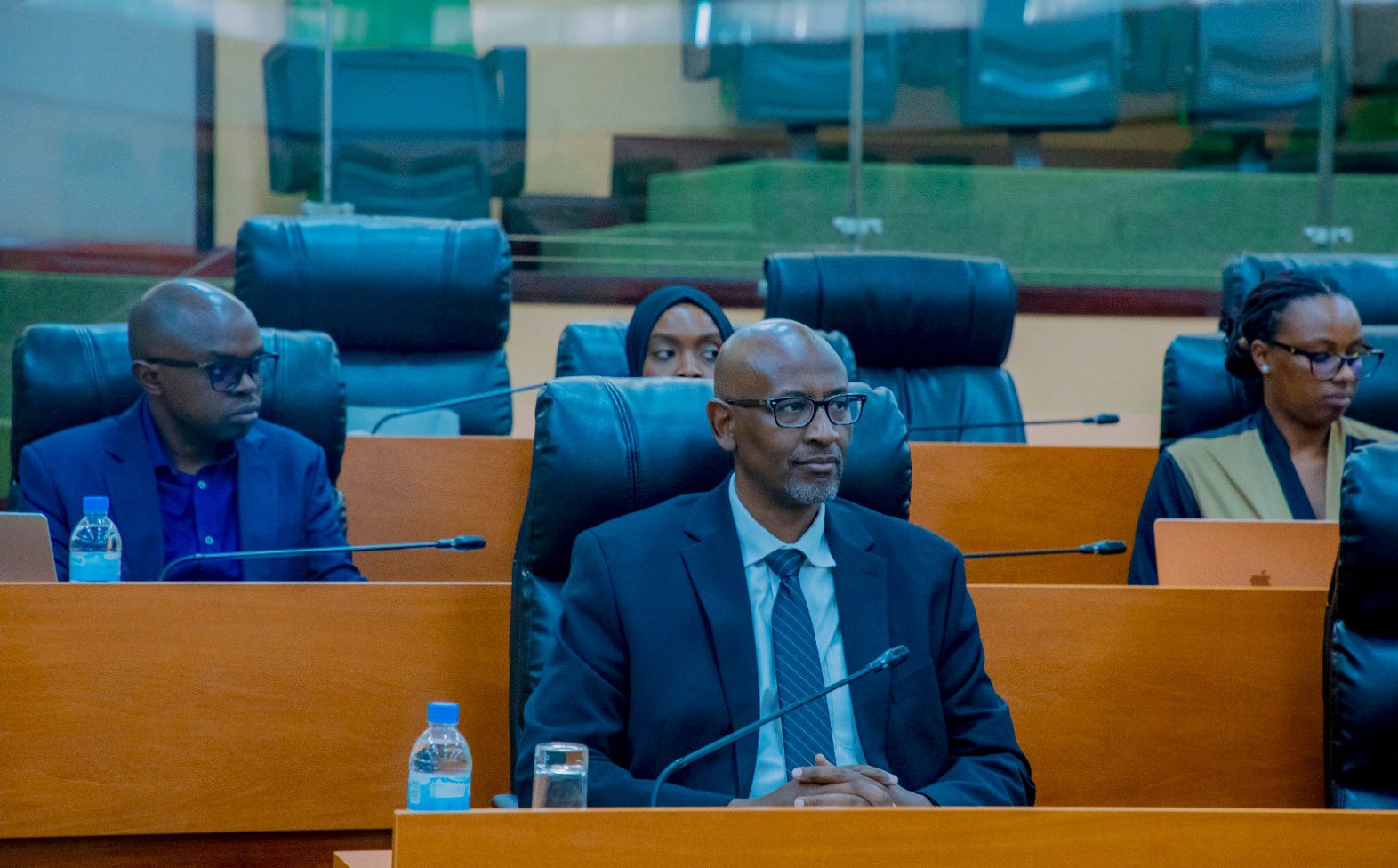
Minister of Education Joseph Nsengimana at parliament on Tuesday
In a bid to enhance Technical and Vocational Education and Training (TVET) across the country, Minister of Education Joseph Nsengimana reported to members of the Senate the persistent gender imbalance in many vocational fields.
While meeting the Senate’s Committee on Social Welfare and Human Rights on Tuesday, 18th February 2025, Minister Nsengimana pointed to the stark contrast in enrolment numbers between male and female students in various trades.
For example, in tailoring classes, one school saw 39 girls enrolled alongside just one boy, while other trades were heavily male-dominated, with 630 boys and only 38 girls.
“The gender disparity in certain fields is undeniable,” said Nsengimana, adding that “Our goal is to encourage equal participation of both boys and girls across all trades to close this gap.”
While addressing gender equality, the Minister also acknowledged significant infrastructure challenges facing TVET institutions.
Hon. Umuhire Adrie, the Chairperson of the Senate Committee, expressed concern about the lack of basic utilities such as water, electricity, and internet in some schools, which are essential for practical learning.
Minister Nsengimana responded with detailed statistics on the current state of infrastructure in TVET schools.
As of now, 62 per cent of schools have internet access, 64 per cent have electricity, and 82 per cent have access to water.
The Minister outlined a plan to ensure 83 per cent of schools are connected to the internet by the end of 2025, with full internet, water, and electricity coverage expected within the next two years.
“We are committed to addressing these gaps and ensuring that by the end of 2025, all TVET institutions will be connected to the internet. Our goal is for 100% coverage of water and electricity within the next two years,” Nsengimana said.
Further emphasising the importance of TVET’s alignment with the job market, the Minister shared encouraging findings from a recent tracer study.
The study revealed that 67 per cent of graduates from Technical Secondary Schools (TSS) secured employment within six months, while 70 per cent of Polytechnic graduates found jobs within three months.
Additionally, 80 per cent of students completing short-course programmes (ranging from three to six months) were employed shortly after completing their training.
“These figures are proof that TVET programmes are meeting the needs of the labour market,” Nsengimana said, adding that the government plans to expand short-course offerings to further boost employability.
In response, senators suggested that TVET curricula be shaped by research that identifies the country’s needs in technology and industrial sectors.
They also called for greater inclusion of indigenous knowledge and the promotion of traditional skills to ensure a well-rounded and culturally relevant education for students.
The discussions highlighted the government’s continued commitment to strengthening the TVET sector, not only by improving gender balance and infrastructure but also by ensuring that the education provided aligns with both modern industry demands and Rwanda’s cultural heritage.

